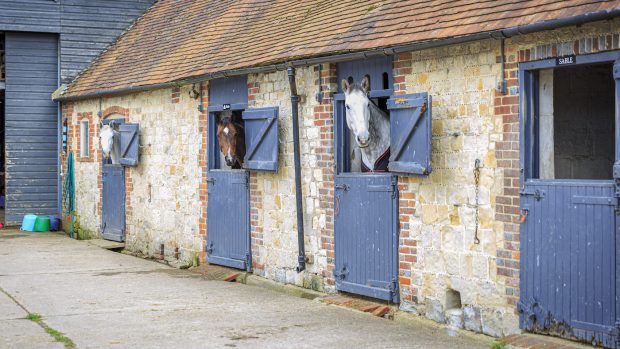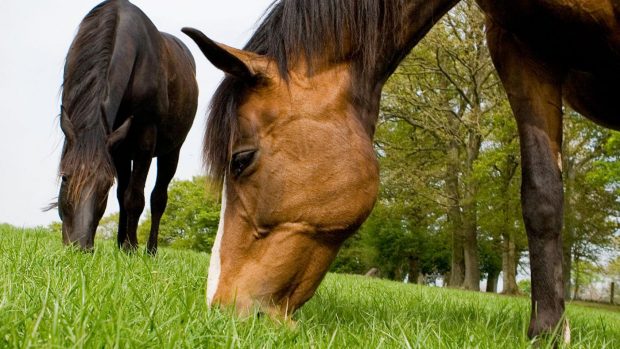Q: I am considering moving livery yards and have been to see one that has just opened up. I was impressed by the yard, but am concerned about the grazing, which is on an old landfill site. Will the grass contain contaminants from the waste? Where can I find out more about the suitability of ex-landfill sites for grazing?
A: While this may seem a worrying prospect, it is unlikely that the grass on the former landfill site would harm your horse.
The Landfill Regulations 2002, and the previous 2000 regulations, govern the operation of landfill sites in England and Wales — Scotland has its own regulations — and the way they are monitored once they have closed.
Planning permission is required to establish a landfill site and the operator must obtain a permit that states its classification — whether it is allowed to take hazardous, non-hazardous or inert (non-biodegradable) waste.
To find out more about the site you are considering, contact your local authority, either by phone or via its website, to determine the site’s classification, how long ago it was closed and information on its monitoring.
For example, East Sussex County Council monitors 17 former landfill sites that were previously used to dispose of “rubbish from the construction industry, commercial businesses and households”.
It states that, if the future land use were not previously agreed as part of the planning application, “the site will usually be restored so that it can be used for either recreational purposes, such as golf courses or football pitches, or for agriculture such as grazing”.
On the safety of former landfill sites, it says: “Landfill sites that are regularly monitored and any leachate [any liquid percolating through deposited waste and emitted from or contained within a landfill] removed are relatively safe. There is a slight risk from escaped landfill gases, but if this happens it is more likely to cause plants and trees to die than cause an explosion. Any gases released go straight into the atmosphere.”
Most of the former landfill sites across East Sussex are more than 30 years old.
“Many of these sites were filled with harmless rubbish, for example, rubble and hardcore. If the site did accept any domestic rubbish such as meat, bones or food, these will have rotted away by now,” says the council.
Of the 17 sites currently monitored by East Sussex, it removes leachate from five and their details can be found on the council’s website.
If you are still concerned after finding out the background of the livery yard’s site, you could use your local authority’s website to obtain contact details of other former landfills being used for grazing, and contact the users of these sites to gain their views.




